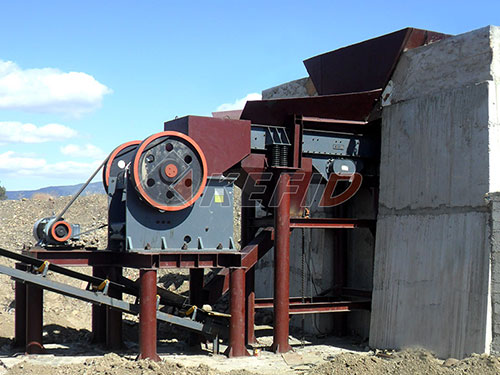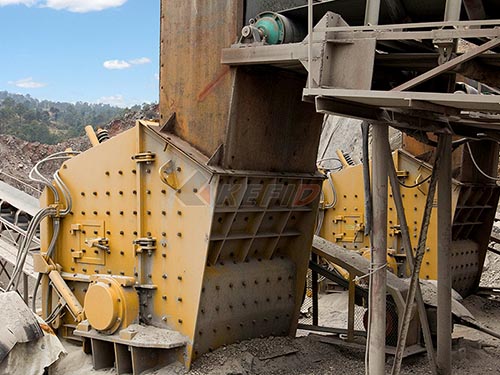Crusher Stone: The Unsung Hero of Modern Infrastructure
Often overlooked beneath layers of asphalt or hidden within concrete walls, crusher stone – also known as crushed stone, aggregate, or simply “crusher run” – is the fundamental backbone of our built environment. This unassuming material, produced by mechanically crushing large rocks into smaller fragments of specific sizes, plays an indispensable role in virtually every facet of construction and development.
What Exactly is Crusher Stone?
Unlike naturally occurring gravel found in riverbeds or glacial deposits, crusher stone is manufactured with precision. Large boulders blasted from quarries are fed into powerful crushers – jaw crushers for primary reduction, cone or impact crushers for secondary sizing – and then screened into distinct grades based on particle size distribution (PSD). This controlled process ensures consistency and predictable performance characteristics crucial for engineering applications.
The Production Process:
1. Quarrying: Large rocks are extracted from bedrock quarries using drilling and blasting.

2. Primary Crushing: Rocks are reduced to manageable sizes (typically 6-10 inches) using jaw crushers.
3. Secondary Crushing: Further reduction occurs via cone or impact crushers to achieve intermediate sizes.
4. Screening: Crushed material passes over vibrating screens with specific mesh sizes to separate it into designated grades (e.g., 57 stone, 411).
5. Washing (Optional): Some applications require washed stone to remove fine particles (dust) or clay contaminants.
6. Stockpiling & Distribution: Graded material is stockpiled for quality control before being transported to construction sites.
Grades and Their Applications:
The value of crusher stone lies in its versatility achieved through precise grading:

Coarse Aggregates (3-57): Used primarily as base material beneath roads, pavements (sub-base), foundations (base course), railroad ballast (providing drainage and stability), riprap for erosion control on slopes and shorelines.
Intermediate Aggregates (67-8): Ideal for concrete mixes where good workability is needed alongside strength; also used as pipe bedding around underground utilities.
Fine Aggregates (10 screenings): Essential component in asphalt paving mixes (“blacktop”), concrete production (filling voids between coarser aggregates), paver joint sand stabilization.
Crusher Run / Quarry Process (QP): A blend of various sizes from fines up to a

Leave a Reply